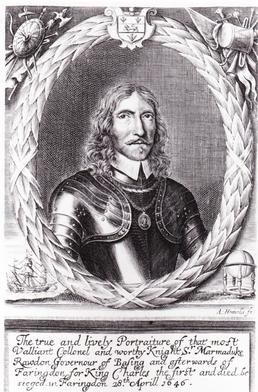What was the English Civil War?
The English Civil War (1642–1651) was a series of armed conflicts and political machinations between Parliamentarians (“Roundheads”) and Royalists (“Cavaliers”) in the Kingdom of England over, principally, the manner of its government. The first (1642–46) and second (1648–49) wars pitted the supporters of King Charles I against the supporters of the Long Parliament, while the third (1649–51) saw fighting between supporters of King Charles II and supporters of the Rump Parliament. The war ended with the Parliamentarian victory at the Battle of Worcester on 3 September 1651.
The overall outcome of the war was threefold: the trial and execution of Charles I in January 1649; the exile of his son, Charles II; and the replacement of English monarchy with, at first, the Commonwealth of England (1649–53) and then the Protectorate (1653–59) under Oliver Cromwell’s personal rule.
Constitutionally, the wars established the precedent that an English monarch cannot govern without Parliament’s consent, although this concept was legally established only as part of the Glorious Revolution in 1688.
Who was Sir Marmaduke Rawdon?
“Veritas est Magna et Prevalet”*
Sir Marmaduke Rawdon was a successful merchant from Hoddesdon in Hertfordshire, who had commanded the Red Regiment of the London Trayned Bandes before the outbreak of war. After a failed attempt to seize the armoury at the Tower of London, Rawdon fled to the King’s new capital at Oxford in early 1643. Once there, he used his wealth to raise a Regiment of Foote for the Royalist cause, receiving a Commission from King Charles for his efforts.
As Rawdon and many of his Officers were exiles from London, it was unofficially known as the “London Regiment”, and soon despatched to hold Basing House, a major Royalist stronghold in the middle of Parliament-held Hampshire. Rawdons defended Basing with great success through two major sieges in 1643 and 1644, defeating the London Trayned Bandes and the famous Roundhead General, Sir William Waller. In 1645 the Regiment was despatched to Faringdon in Oxfordshire which it defended against all comers until finally surrendering in 1646 after the death of Sir Marmaduke, and when all the King’s Armies in the field had been vanquished.
When the Regiment was disbanded, the remaining Officers cut up the Regiment’s Colours (or Flags), and divided them up among themselves in memory of their fallen Commander.
*Truth is Mighty and will Prevail

